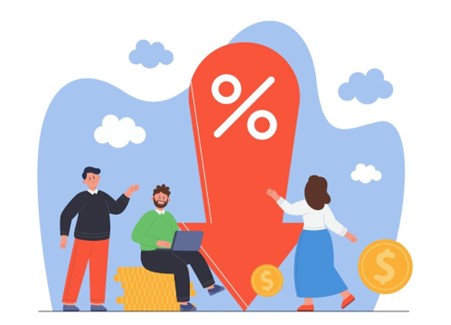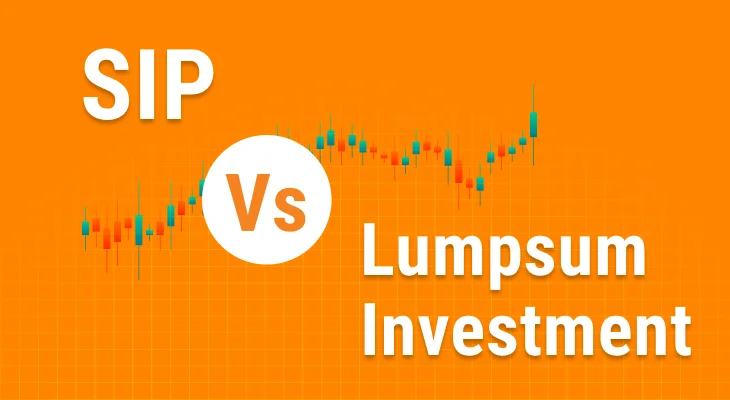When considering taking a loan, one crucial aspect to know about is the type of interest rate. Interest rates can impact the overall cost of borrowing and your ability to repay the loan. The two common types of these rates are fixed and variable. Each has its own set of characteristics, benefits, and drawbacks. Here’s a look into the details of fixed and variable interest rates. This can help you make better decisions about which option might be best for you.
What are Fixed Interest Rates?
A fixed interest rate remains constant throughout the term of the loan. This means that the rate you agree upon at the beginning of the loan will not change. It is regardless of market fluctuations or changes in the broader economy.
Benefits of Fixed Interest Rates
- Predictability: Fixed interest rates offer predictability in your monthly payments. Knowing exactly how much you need to pay each month helps with budgeting and planning.
- Stability: Since the rate doesn’t change, you are secured from any rise in market interest rates. This can be particularly beneficial in a rising interest rate environment.
- Long-term Planning: Fixed rates are ideal for long-term loans. For instance, with mortgages, you may want to lock in a rate to avoid future uncertainty.
Drawbacks of Fixed Interest Rates
- Higher Initial Rates: Fixed rates tend to be higher than variable rates at the outset. Lenders charge a premium for the stability and predictability that fixed rates provide.
- Lack of Flexibility: If market interest rates drop, you won’t benefit from the lower rates. You are locked into the agreed-upon rate. This could be a disadvantage if rates decrease significantly.
What Are Variable Interest Rates?
Variable interest rates typically change over the loan term. These are usually tied to a benchmark interest rate. They are typically the RBI’s repo rate or the Marginal Cost of Funds based Lending Rate (MCLR).
Benefits of Variable Interest Rates
- Potential for Lower Rates: Variable rates often start lower than fixed rates. If market rates remain stable or decrease, you could save money on interest payments.
- Flexibility: Variable rates can adjust to market conditions. If the economic environment leads to lower interest rates, your loan payments could decrease.
- Short-term Savings: A variable rate can offer cost savings. This is due to its typically lower initial rate. This is especially applicable for short-term loans or those that you plan to pay off quickly.
Drawbacks of Variable Interest Rates
- Unpredictability: The primary disadvantage of variable rates is their unpredictability. Your monthly payments can fluctuate, making it harder to budget effectively.
- Risk of Increased Costs: If market interest rates rise, your payments will increase. This could strain your finances if rates rise significantly.
- Complexity: Understanding how and when your rate might change can be complicated. It requires keeping an eye on economic indicators. Moreover, understand how they affect your loan.
Choosing Between Fixed and Variable Interest Rates
The decision between fixed and variable interest rates depends on several factors. This includes your financial situation, the loan term, and your risk tolerance.
- Financial Stability: If you prefer certainty and have a stable income, a fixed-rate loan may be more suitable. It allows you to plan your finances without worrying about interest rate fluctuations.
- Market Conditions: Consider the current economic environment and interest rate trends. If rates are expected to rise, locking in a fixed rate could be beneficial. Conversely, if rates are expected to fall or be stable, a variable rate might offer savings.
- Loan Term: For long-term loans, a fixed rate can provide long-term stability. For shorter-term loans, a variable rate might offer initial cost savings.
- Risk Tolerance: Your comfort level with risk plays a significant role. If you are risk-averse and prefer knowing exactly what your payments will be, a fixed rate may be a better choice.
The Role of Loan Apps and Marketplaces
Nowadays, accessing loan information and applying for loans has become increasingly convenient. Certain loan apps and other sites like Bajaj Markets, a financial services marketplace, provide avenues for borrowers. It lets them compare different loan options, including fixed and variable rate loans.
These platforms offer several benefits:
- Ease of Comparison: Loan apps allow you to compare rates and terms from multiple lenders in one place. This makes it easier to evaluate whether a fixed or variable rate loan is more suitable for your needs.
- Convenience: Applying for a loan through an app or online marketplace saves time and reduces paperwork. You can complete the process from the comfort of your home.
- Transparency: Online platforms provide detailed information. These are on loan terms, interest rates, and fees, helping you make better decisions.
- Quick Approvals: Many loan apps offer quick approval processes. This allows you to access funds faster compared to traditional lending methods.
Knowing the differences between fixed and variable interest rates is crucial. This can help you make better borrowing decisions. Fixed rates offer predictability and stability, making them ideal for long-term loans. They are useful for those who prefer certainty in their financial planning. Conversely, variable rates provide flexibility and the potential for lower costs. This can be beneficial in certain economic environments and for short-term borrowing needs.
Consider your financial stability, market conditions, loan term, and risk tolerance. Additionally, leveraging online marketplaces like Bajaj Markets can make the comparison process easier. It can help you find the best loan option tailored to your needs.







